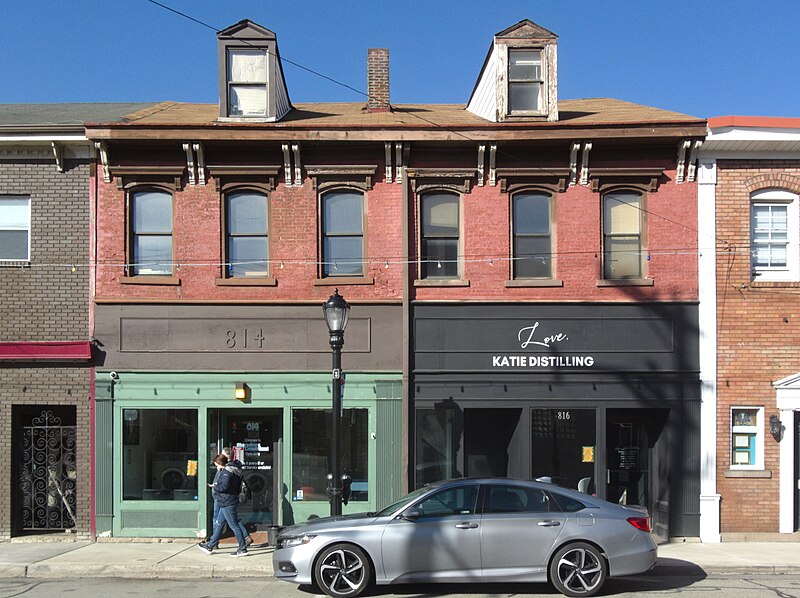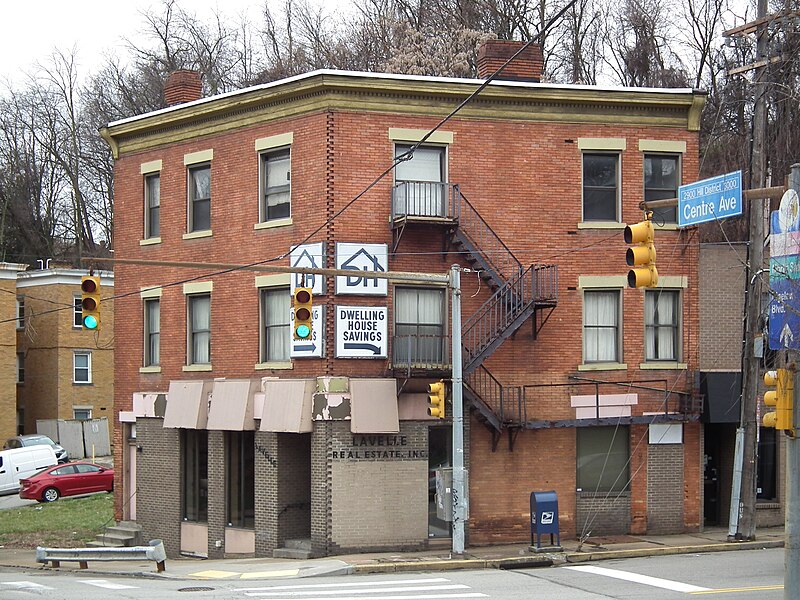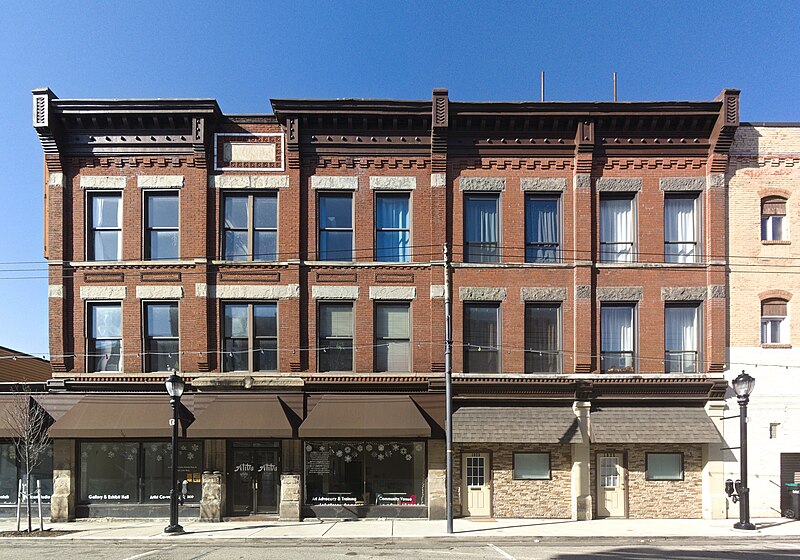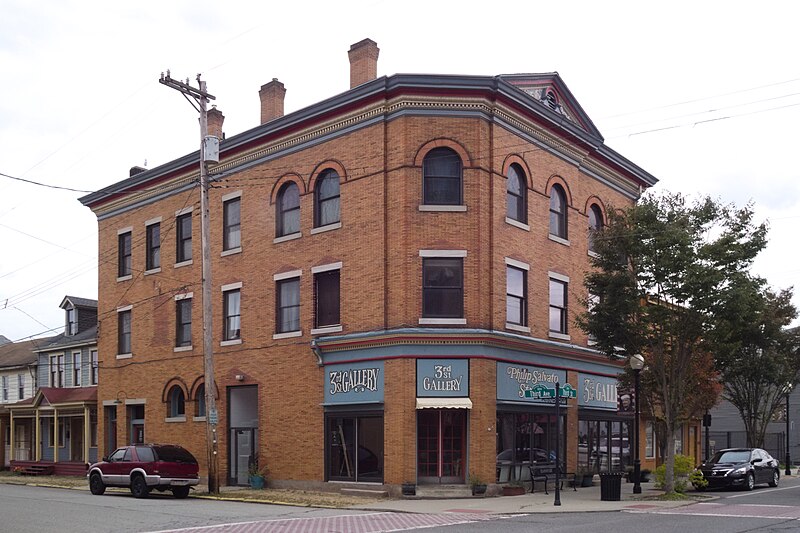
Formerly a storefront with apartments above, but the storefront—as with many backstreet stores—has been converted to another apartment. The well-preserved Victorian details are picked out with a colorful but tasteful paint scheme.




Formerly a storefront with apartments above, but the storefront—as with many backstreet stores—has been converted to another apartment. The well-preserved Victorian details are picked out with a colorful but tasteful paint scheme.




This substantial building in the narrow Mexican War Streets was probably put up in the 1890s; it belonged to I. Ziegler from the beginning of the twentieth century at least through 1923, and it was built on land marked as belonging to F. Ziegler in 1890. It is a whole little civilization unto itself, with a three substantial rowhouses, two storefronts, and apartments.






These two Second Empire storefronts could use a bit of paint, but the buildings, which probably date from the 1880s, have kept most of their decorative detail. The bricks show that the ground-floor fronts of both sides have been rebuilt, but the one at right probably looks very close to the way it looked when the building was new, and it could be a good model for restoring the one at left.

Father Pitt knows nothing about this pair of storefronts other than what he can deduce from their appearance. The narrow dormers are typical of the middle nineteenth century; with their Italianate brackets and windows, these buildings look as though they were put up in the 1870s, or possibly the 1860s. On the whole they are in a very good state of preservation. Now that Sharpsburg is filling up with art galleries and breweries, perhaps they can be profitably restored.

So far this is the only building old Pa Pitt has identified as designed by J. E. Cole, about whom he knows nothing other than that Cole designed this building. The storefront has been modernized, but otherwise the building is in near-original condition. The corner is an obtuse angle, and Father Pitt wonders whether the unusual seam at that corner was the result of the architect’s original plan, or of the low-bidding contractor’s refusal to trim the bricks properly without an extra payment. It was imitated many years later by whoever added the modern storefront.


It looks as though this commercial block in Sharpsburg was built in two stages. The date stone would have been in the center of the original building, making a neatly symmetrical composition; it might have had some eruption of ornament behind it where the blank spot is in the cornice. Later, the building was extended by two bays to the right, nearly identical in design, but breaking the symmetry, and without the terra-cotta ornaments between the second and third floors. It also appears that the bricks are very slightly different in color, perhaps from a different source.
The date stone would have told us when the original building was put up, but at some point a new owner decided to obliterate the evidence of the old one.

At least the terra-cotta decorations remain.
Sharpsburg has a shortage of street names. There is Main Street, and North Main Street, and South Main Street; and North Canal Street and South Canal Street and Short Canal Street. The town is crammed into a tiny narrow strip along the Allegheny, but it is still easy to get lost.

As the business district along Penn Avenue becomes a more and more desirable place for artsy shops and galleries, it has been cheering to see many old buildings cleaned up and given new life in Garfield. Here is one of the finest. Old Pa Pitt knows nothing about it other than that its name is Butler.

Father Pitt took these pictures more than a year ago, but for some reason he never published them until now. This Rundbogenstil building at Third Street and Third Avenue takes full advantage of its corner site, and the details of the pediment and cornice have been lovingly picked out in tastefully balanced colors.



We have seen these beautiful storefronts before, but only obliquely. Here they are again, because we can never see them too often. This is one of the best Victorian cast-iron fronts in the city. Note that whoever designed the building has tried very hard to make you perceive it as symmetrical, though in fact the section on the right is significantly wider than the other two.